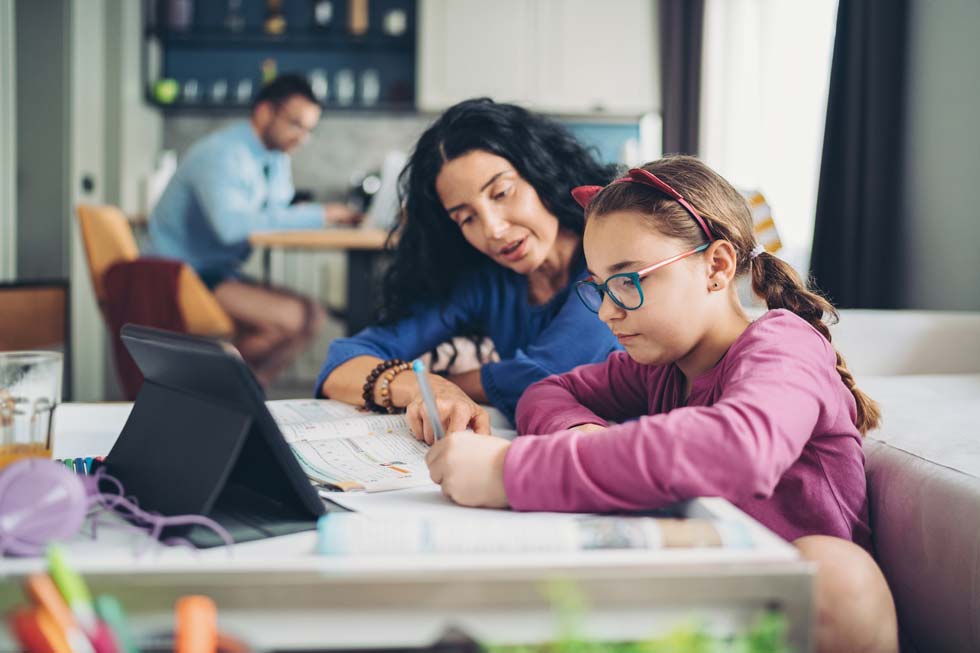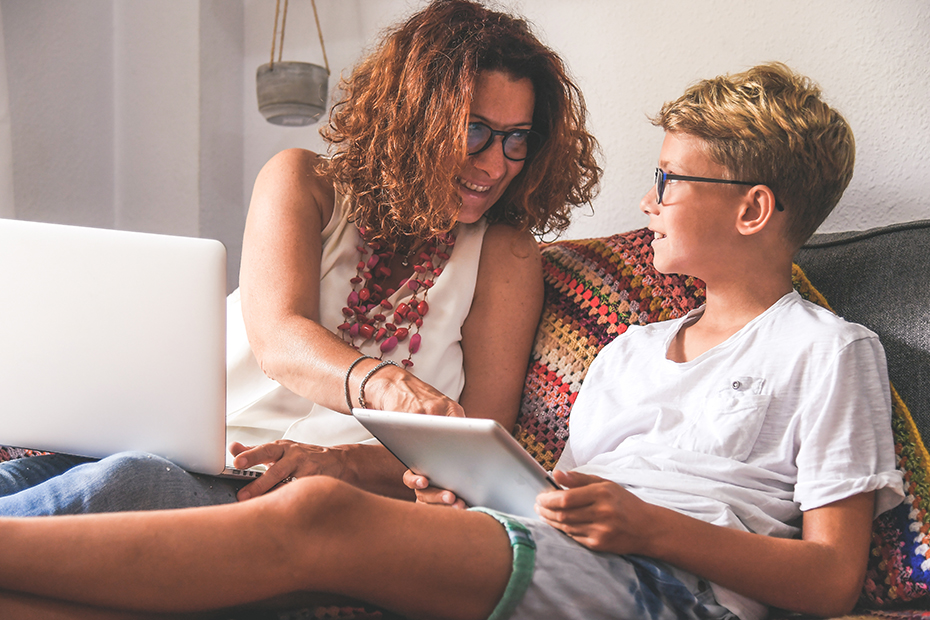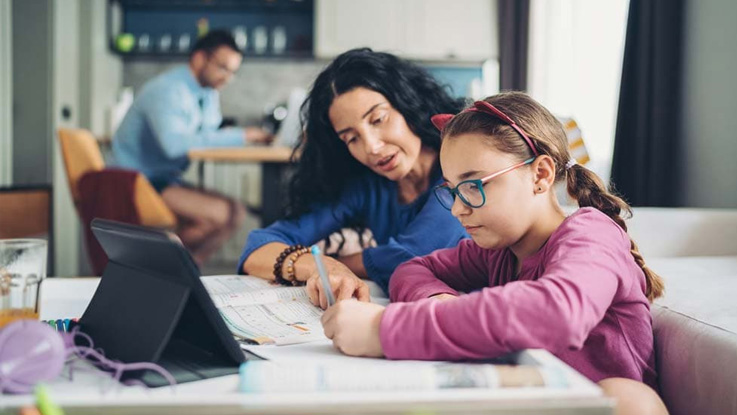What is a digital footprint?
Key takeaways
- A digital footprint is everything your child does online and can last a lifetime.
- What they post can affect how others see them, now and in the future.
- Talk to your child about their digital footprint, use privacy settings and set a good example.
These days, almost everything we do online—searching, posting, liking, commenting, or sharing—leaves a trail.
That trail is called a digital footprint. Like footprints in sand, it shows where we've been, but online, it can last much longer.
What exactly is a digital footprint?

A digital footprint is the record of everything a person does online.
- posts on social media
- comments on videos or blogs
- photos shared (even by others)
- apps downloaded
- websites visited
These footprints can affect how others see your child online—and sometimes even in real life. Schools, future employers, and even friends might come across this online information, so it’s important that it reflects them in a positive light.
Resource: What is a digital footprint? (eSafety)
Why it matters.
Everything shared online—photos, opinions, or private information—can be copied, changed, or shared again without permission. Even something posted years ago can resurface.
That’s why it’s so important to think before you post and help your children do the same.


Helping your child build a positive digital reputation.
A digital reputation is how others see your child based on their online activity.
Teaching your child to be kind, respectful, and thoughtful online helps them build a positive reputation and avoid problems later on.
How you can help
Here are some simple ways you can help your child manage their digital footprint:
- Talk about it: Have regular, age-appropriate chats with your child about what they do online and how it can affect them now and in the future
- Set up privacy settings together: Make sure their accounts (and yours) have strong privacy settings. This helps control who sees what.
Use this guide: eSafety Privacy Settings for Social Media
- Share smartly: Think before posting photos or personal details about your child online. Even birthday posts or school names can give away private information.
- Involve your child in decisions: Before you post about your child, ask if they’re okay with it. This helps them learn about consent and feel in control of their own online identity.
- Be a good role model: Children learn by watching. Show them how you protect your own privacy and behave respectfully online.
Helpful tips for parents: Protecting your child’s digital footprint
Remember: A digital footprint is part of your child’s story. They can learn to tell it safely, respectfully, and confidently with your guidance.
End of article



